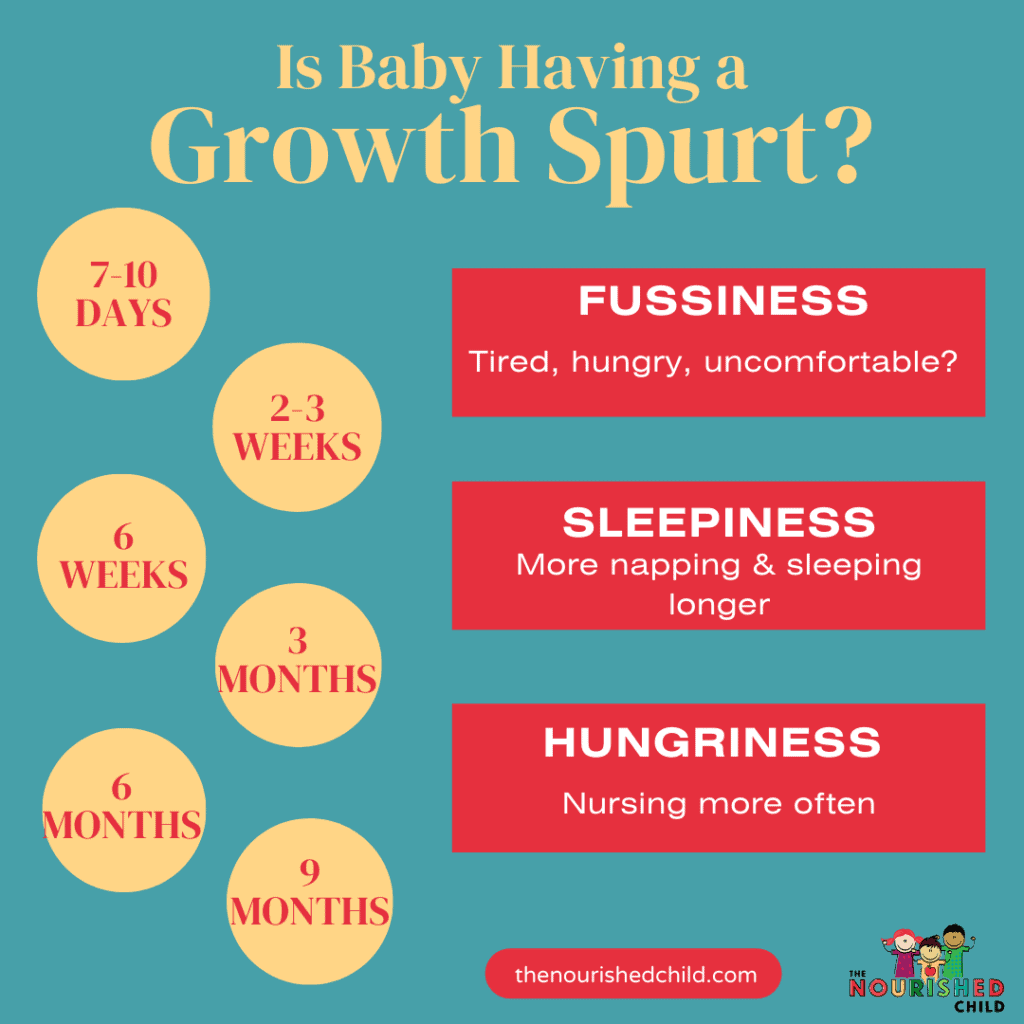
Baby Growth Spurts: A Comprehensive Guide for Parents
As a parent, witnessing your baby’s growth and development is an incredibly rewarding experience. However, there are times when your little one may seem to grow at an accelerated pace, leaving you wondering what’s happening. These periods of rapid growth are known as growth spurts.
What are Growth Spurts?
Growth spurts are periods of accelerated physical growth that occur during infancy and early childhood. During these times, your baby’s body undergoes significant changes in size, weight, and development. Growth spurts are typically characterized by:
- Increased appetite
- Frequent feedings
- Fussiness and irritability
- Changes in sleep patterns
- Rapid growth in height and weight
When Do Growth Spurts Occur?
Growth spurts typically occur at predictable intervals during the first year of life. The most common times for growth spurts are:
- 2-3 weeks: This is the first major growth spurt, during which your baby may double their birth weight.
- 6-8 weeks: Another significant growth spurt, where your baby may gain up to 2 inches in length.
- 3-4 months: This growth spurt is often accompanied by increased fussiness and changes in sleep patterns.
- 6 months: Around this time, your baby may start to roll over and sit up, indicating a period of rapid motor development.
- 9 months: This growth spurt is often associated with teething and the introduction of solid foods.
- 12 months: By this time, your baby may have tripled their birth weight and grown significantly in height.
Signs and Symptoms of a Growth Spurt
The signs and symptoms of a growth spurt can vary from baby to baby. However, some common indicators include:
- Increased appetite: Your baby may become hungrier and feed more frequently during a growth spurt.
- Frequent feedings: You may need to feed your baby every 2-3 hours during a growth spurt.
- Fussiness and irritability: Your baby may be more fussy and irritable than usual due to the discomfort associated with rapid growth.
- Changes in sleep patterns: Your baby may sleep more or less than usual during a growth spurt.
- Rapid growth in height and weight: You may notice a significant increase in your baby’s height and weight during a growth spurt.
How to Support Your Baby During a Growth Spurt
While growth spurts can be challenging for both parents and babies, there are things you can do to support your little one during this time:
- Feed your baby on demand: Allow your baby to feed as often as they need during a growth spurt.
- Be patient and understanding: Remember that growth spurts can be uncomfortable for babies, so be patient and understanding with their increased fussiness.
- Provide extra comfort: Offer your baby extra cuddles, skin-to-skin contact, and soothing baths to help them feel more comfortable.
- Don’t worry about sleep: Don’t be concerned if your baby’s sleep patterns change during a growth spurt. They will eventually return to their normal routine.
- Track your baby’s growth: Keep track of your baby’s height, weight, and head circumference to monitor their growth progress.
When to Seek Medical Advice
In most cases, growth spurts are a normal part of a baby’s development. However, there are times when you should seek medical advice:
- If your baby’s growth spurt is accompanied by a fever or other signs of illness.
- If your baby’s growth spurt is not followed by a period of slower growth.
- If you are concerned about your baby’s growth or development.
Conclusion
Growth spurts are a normal and essential part of a baby’s development. By understanding the signs and symptoms of growth spurts, you can provide your little one with the support and care they need during these times. Remember to be patient, understanding, and to seek medical advice if you have any concerns about your baby’s growth or development.
